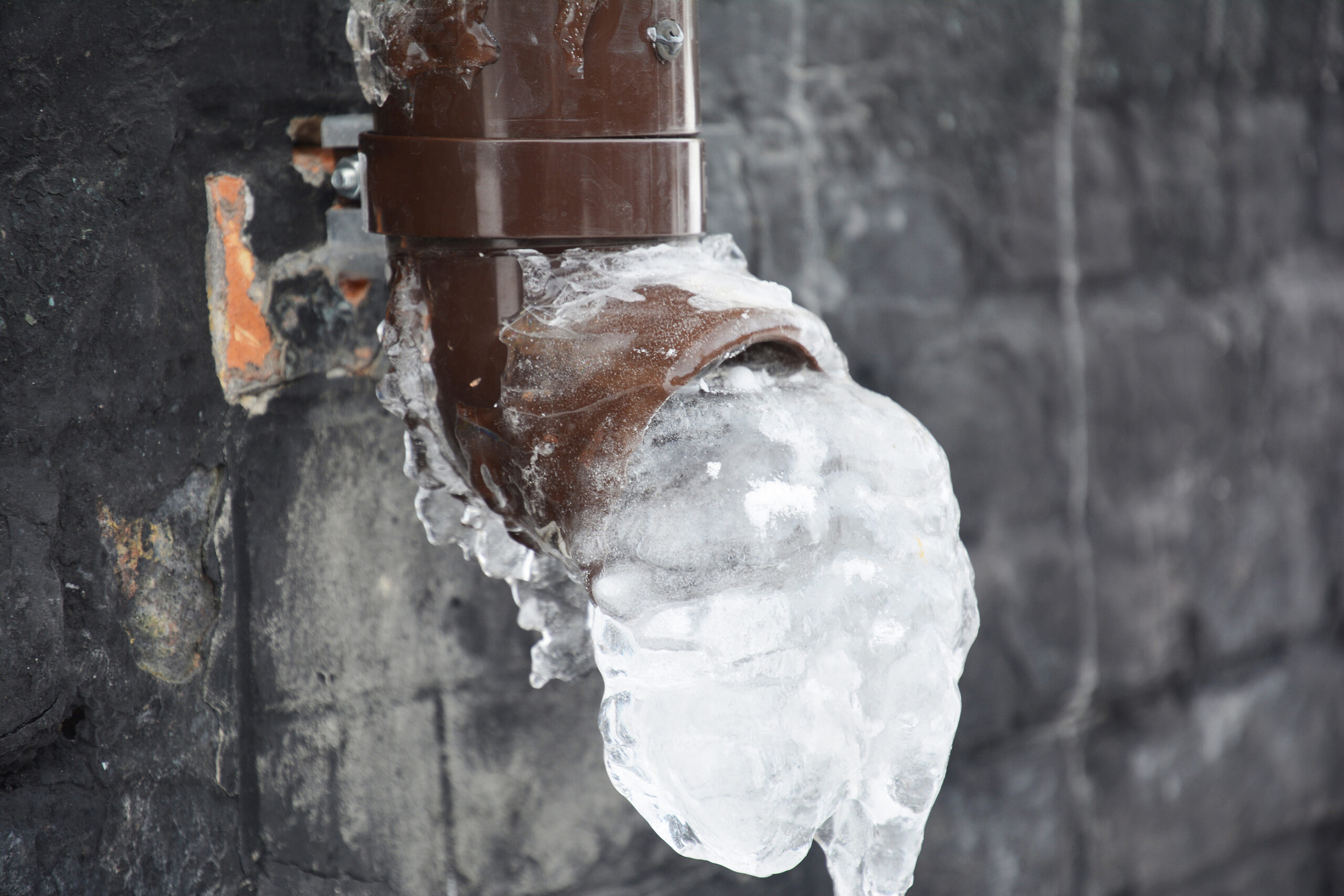Preventing Frozen Pipes in Cold Weather: Essential Advice
Preventing Frozen Pipes in Cold Weather: Essential Advice
Blog Article
What're your opinions about How to Prevent Your Pipes From Freezing?

Winter can wreak havoc on your plumbing, particularly by freezing pipelines. Here's exactly how to avoid it from happening and what to do if it does.
Intro
As temperatures decline, the risk of icy pipes rises, potentially causing costly repair services and water damage. Comprehending just how to avoid frozen pipelines is crucial for house owners in cool climates.
Comprehending Icy Pipelines
What triggers pipelines to freeze?
Pipes ice up when revealed to temperature levels listed below 32 ° F (0 ° C) for expanded durations. As water inside the pipelines ices up, it increases, taxing the pipeline wall surfaces and possibly creating them to break.
Risks and problems
Icy pipelines can result in water system interruptions, property damages, and pricey repairs. Ruptured pipelines can flood homes and cause considerable structural damages.
Indications of Frozen Pipes
Determining frozen pipelines early can prevent them from breaking.
How to determine frozen pipelines
Search for reduced water flow from taps, unusual odors or noises from pipelines, and noticeable frost on exposed pipelines.
Prevention Tips
Shielding susceptible pipes
Cover pipes in insulation sleeves or utilize warmth tape to protect them from freezing temperatures. Concentrate on pipelines in unheated or exterior locations of the home.
Home heating strategies
Maintain indoor rooms properly warmed, especially areas with pipes. Open up cabinet doors to permit cozy air to flow around pipes under sinks.
Securing Outdoor Pipes
Garden hoses and exterior taps
Disconnect and drain pipes yard hose pipes before winter. Install frost-proof spigots or cover outdoor taps with insulated caps.
What to Do If Your Pipelines Freeze
Immediate actions to take
If you suspect frozen pipelines, keep faucets open up to ease pressure as the ice melts. Utilize a hairdryer or towels taken in hot water to thaw pipes slowly.
Long-Term Solutions
Architectural changes
Think about rerouting pipelines away from exterior walls or unheated areas. Include additional insulation to attic rooms, basements, and crawl spaces.
Updating insulation
Buy premium insulation for pipes, attics, and walls. Proper insulation assists preserve regular temperature levels and lowers the threat of frozen pipes.
Conclusion
Protecting against icy pipelines needs proactive procedures and quick responses. By recognizing the reasons, signs, and preventive measures, home owners can shield their plumbing throughout cold weather.
6 Proven Ways to Prevent Frozen Pipes and Protect Your Home
Disconnect and Drain Garden Hoses
Before winter arrives, start by disconnecting your garden hoses and draining any remaining water. Close the shut-off valves that supply outdoor hose bibs and leave the outdoor faucet open to allow any residual water to drain. For extra protection, consider using faucet covers throughout the colder months. It’s also important to drain water from any sprinkler supply lines following the manufacturer’s directions.
Insulate Exposed Pipes
Insulating your pipes is an effective way to prevent freezing. Pipe insulation is readily available at home improvement stores and is relatively inexpensive. Pay close attention to pipes in unheated areas such as the attic, basement, crawl spaces, or garage. Apply foam insulation generously to create a buffer against the cold. You can also wrap your pipes in heat tape or thermostat-controlled heat cables for added warmth.
Seal Air Leaks
Inspect your home for any cracks or openings that could let in cold air. Seal any holes around the piping in interior or exterior walls, as well as the sill plates where your home rests on its foundation. Additionally, make sure to keep your garage door closed unless you’re entering or exiting. Leaving it open creates a significant air leak that can lead to frozen pipes.
Allow Warm Air Circulation
During cold snaps, it’s essential to allow warm air to circulate evenly throughout your home. Leave interior doors ajar to promote better airflow. Open kitchen and bathroom cabinets to help distribute heat consistently around the rooms. If you have small children or pets, be sure to remove any household chemicals or potentially harmful cleaners from open cabinets for safety.
Let Faucets Drip
A small trickle of water can make a big difference in preventing ice formation inside your pipes. When temperatures drop significantly, start a drip of water from all faucets served by exposed pipes. This continuous flow helps prevent the water from freezing. Additionally, running a few faucets slightly can relieve pressure inside the pipes, reducing the chances of a rupture if the water inside does freeze.
https://choateshvac.com/6-proven-ways-to-prevent-frozen-pipes-and-protect-your-home/

Do you like reading about How To Avoid Freezing Pipes? Put a review further down. We'd be delighted to hear your thoughts about this post. Hoping to see you back again before long. Are you aware of somebody else who is sincerely interested in the topic? Be sure share it. Thank-you for your time spent reading it.
Visit Page Report this page